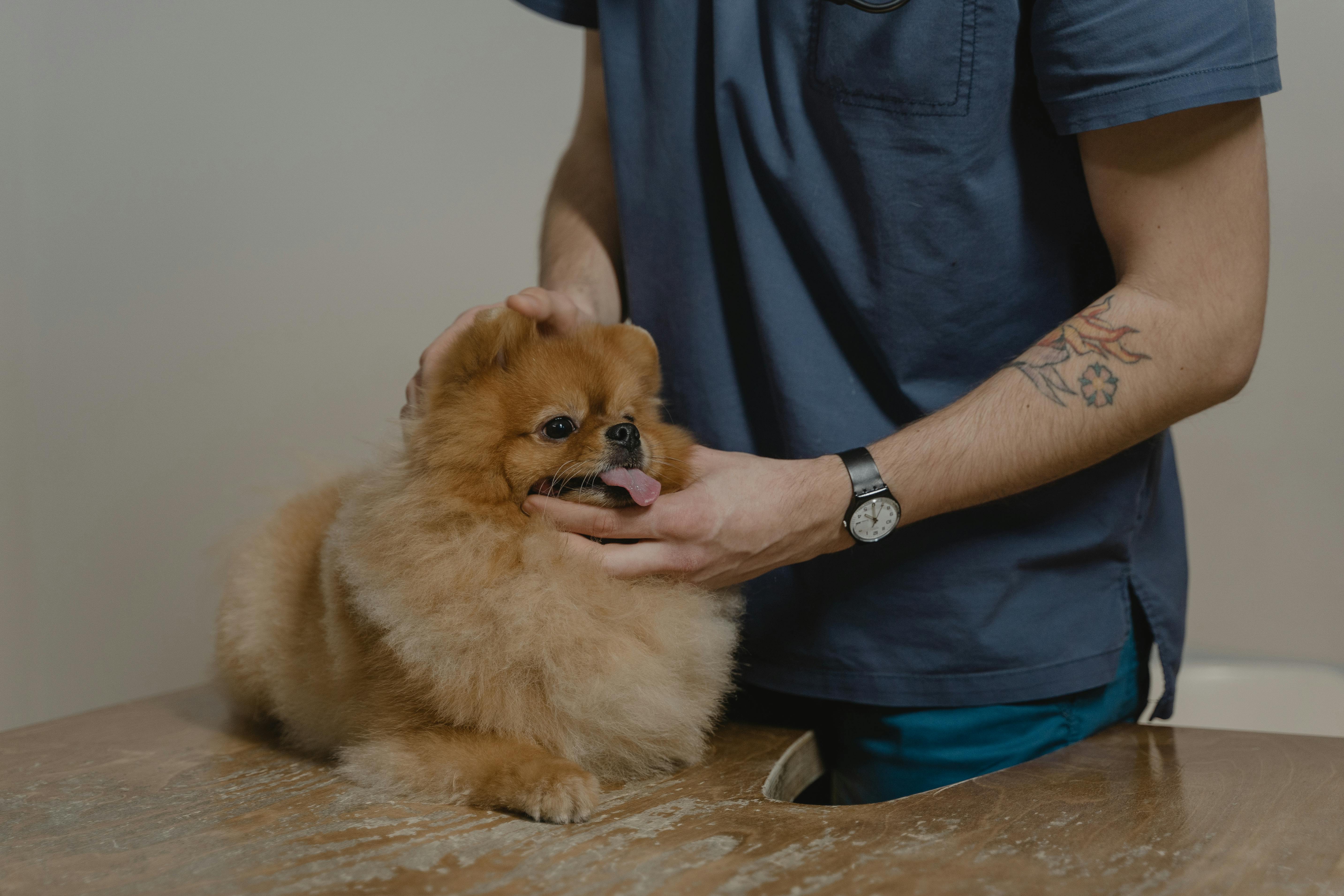After the attack on Pearl Harbor in 1942, the US Armed Forces joined with the American Kennel Club to establish Dogs for Defense. The American Kennel Club recruited dog owners to donate quality canines to the military. The Quartermasters Corps was responsible for supplies, food service, and materials management. On March 13, 1942, the Army Quartermaster Corps was commissioned to turn these pets into soldiers. The US Marines also trained handlers and canines to be soldiers in the Pacific during World War II.
Initially, more than 300 dog breeds were accepted into the program, but eventually the list was narrowed down to German Shepherds, Belgian Shepherds, Doberman Pinschers, Farm Collies and Giant Schnauzers. Of the 19,000 dogs examined by the program between 1942 and 1945, 45% were rejected. At first civilian volunteers trained the recruits, but after the first training center opened in Front Royal, Virginia, training was done by Army Quartermaster Corps soldiers and Marines trained their own dogs.
The training took 12 weeks. He started with basic obedience and progressed to training with gas masks, muzzles, military vehicles, and shooting. Once basic training was completed, the dogs moved on to task-specific training.
Sentinel dogs: They walked on short leashes and warned their handlers by growing and barking. They were always patrolling with their handlers.
Scout or Patrol Dogs: These dogs acted as sentinel dogs but were trained to work silently. They detected enemy snipers or ambushes. These canine soldiers saved the lives of many of their handlers.
Messenger Dogs: These dogs required extreme loyalty because they were used to silently carrying messages between their two handlers.
Mining Dogs: These canines were trained to find tripwires and mines. There were 140 dogs trained as mine dogs during World War II, but it was determined that the dogs had trouble finding mines during combat.
Most of the dogs were trained as sentinels. Of the 9,300 dogs that were trained, 3,174 were used by the Coast Guard. These dogs were used for coastal guarding, harbor defense, and the protection of industrial plants and airfields.
In 1944, the military began using canines for combat. Sentinel dogs in combat could detect enemy soldiers up to 1,000 meters away. To alert their handler without revealing their positions, the dogs stiffened and the hair on the dog’s back stood up. Over the years, military working canines have been used not only in WWII, but also in Korea, Vietnam, Desert Storm, Afghanistan, and are currently deployed to Iraq. It is noted that in Vietnam, canine war dogs saved up to 10,000 lives.
One of the first war memorials was erected on Asan Beach in Guam in 1944. It was moved to the United States Naval Base on the island in 1994. This particular memorial is dedicated to the Dobermans who served with the Marines during the Second World War. The inscription on the memorial statue reads…”always faithful”.



